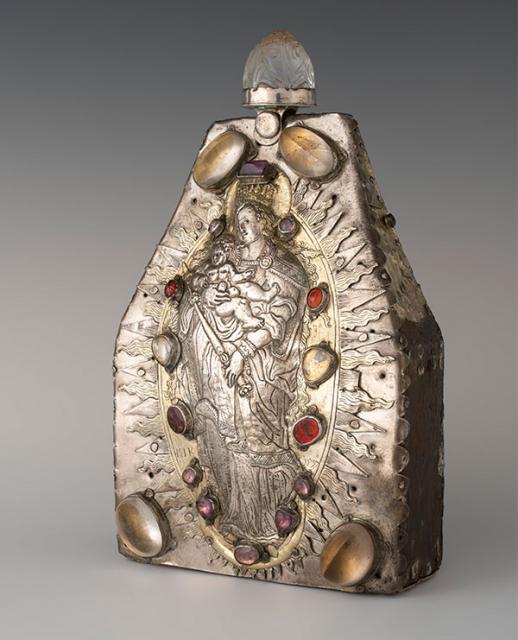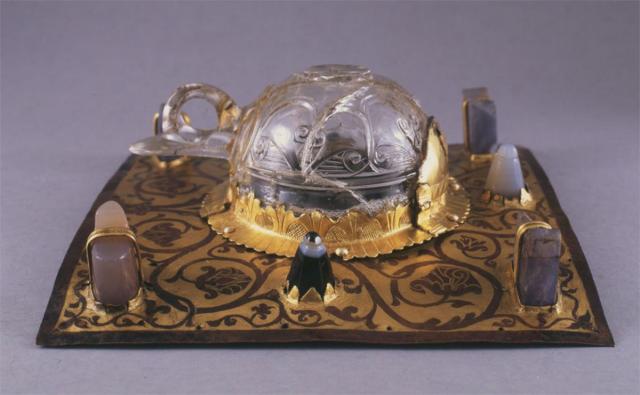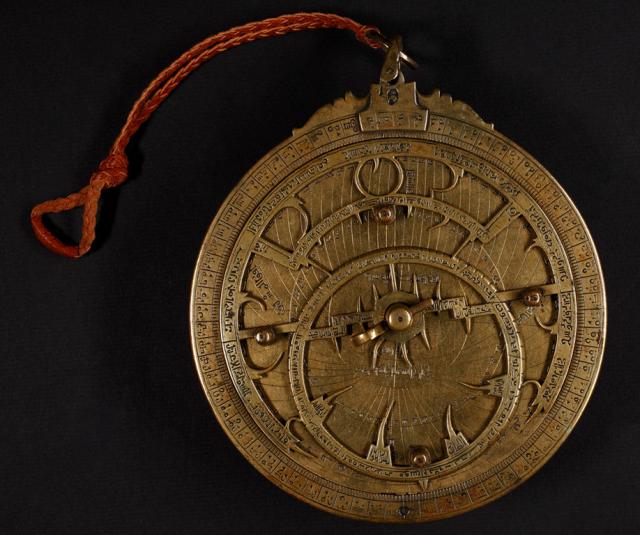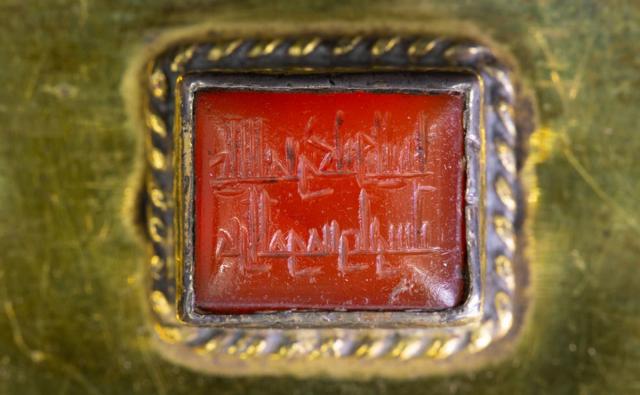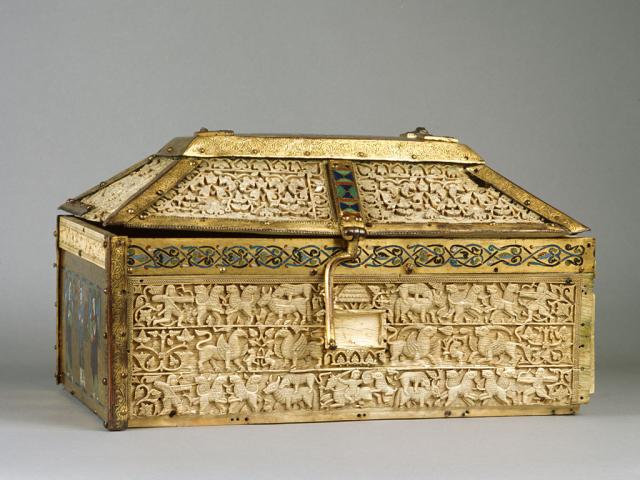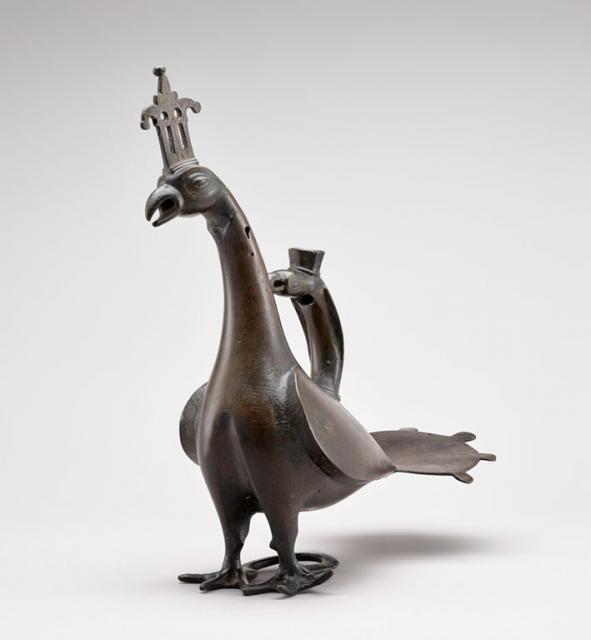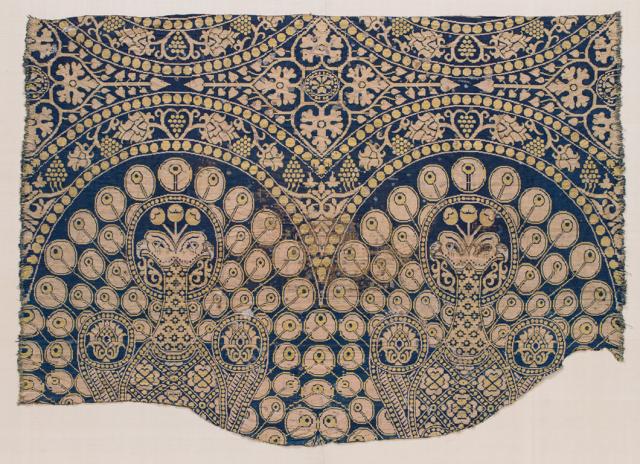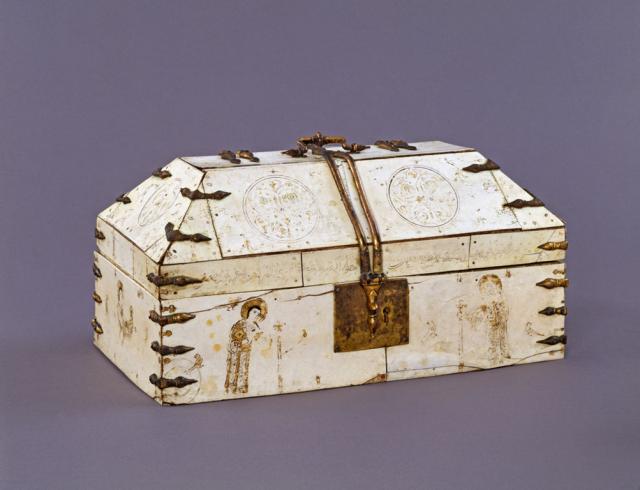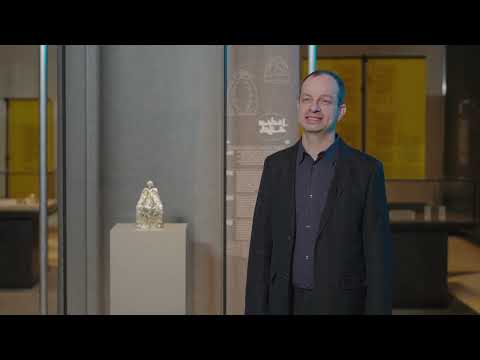Contemporary Laboratory
In light of this shared history, the ‘Contemporary Laboratory’ invites visitors to grapple with questions of today’s society and culture. Materials in a range of media, including literature, music, and films, provide in-depth information and encourage playful exploration and reflection. The laboratory also hosts presentations of school projects as well as workshops and special events.
Art education program
Guided tours of the exhibition are offered in Arabic, German, and Turkish. Special art education formats and workshops cater to children and teenagers. The diverse program of special events highlights selected thematic aspects.
Exhibition catalogue
A richly illustrated catalogue (in German) with contributions by renowned scholars written for a general readership will be released by Verlag Schnell & Steiner in conjunction with the exhibition.

